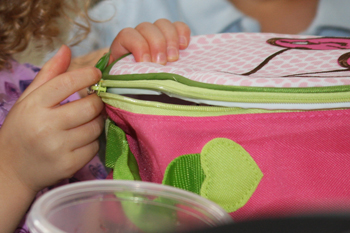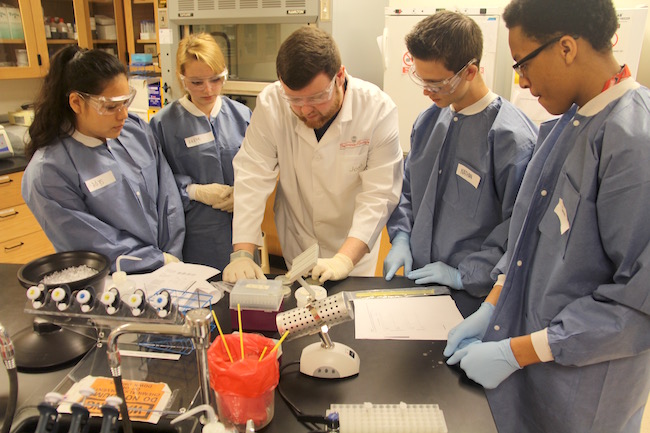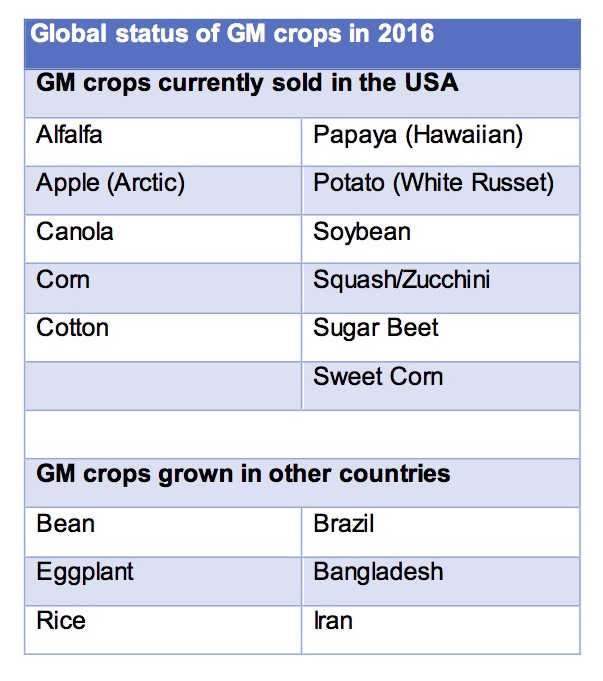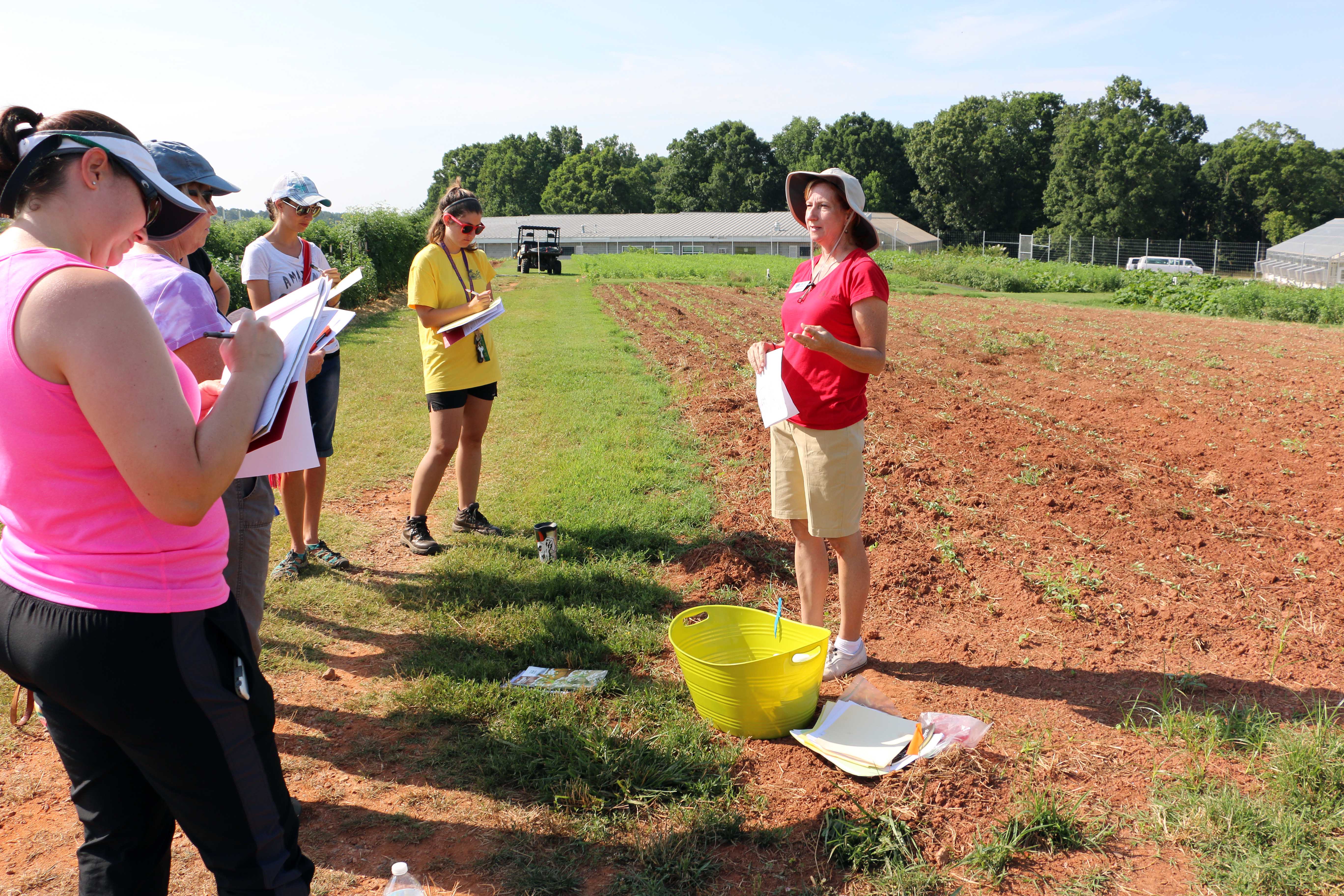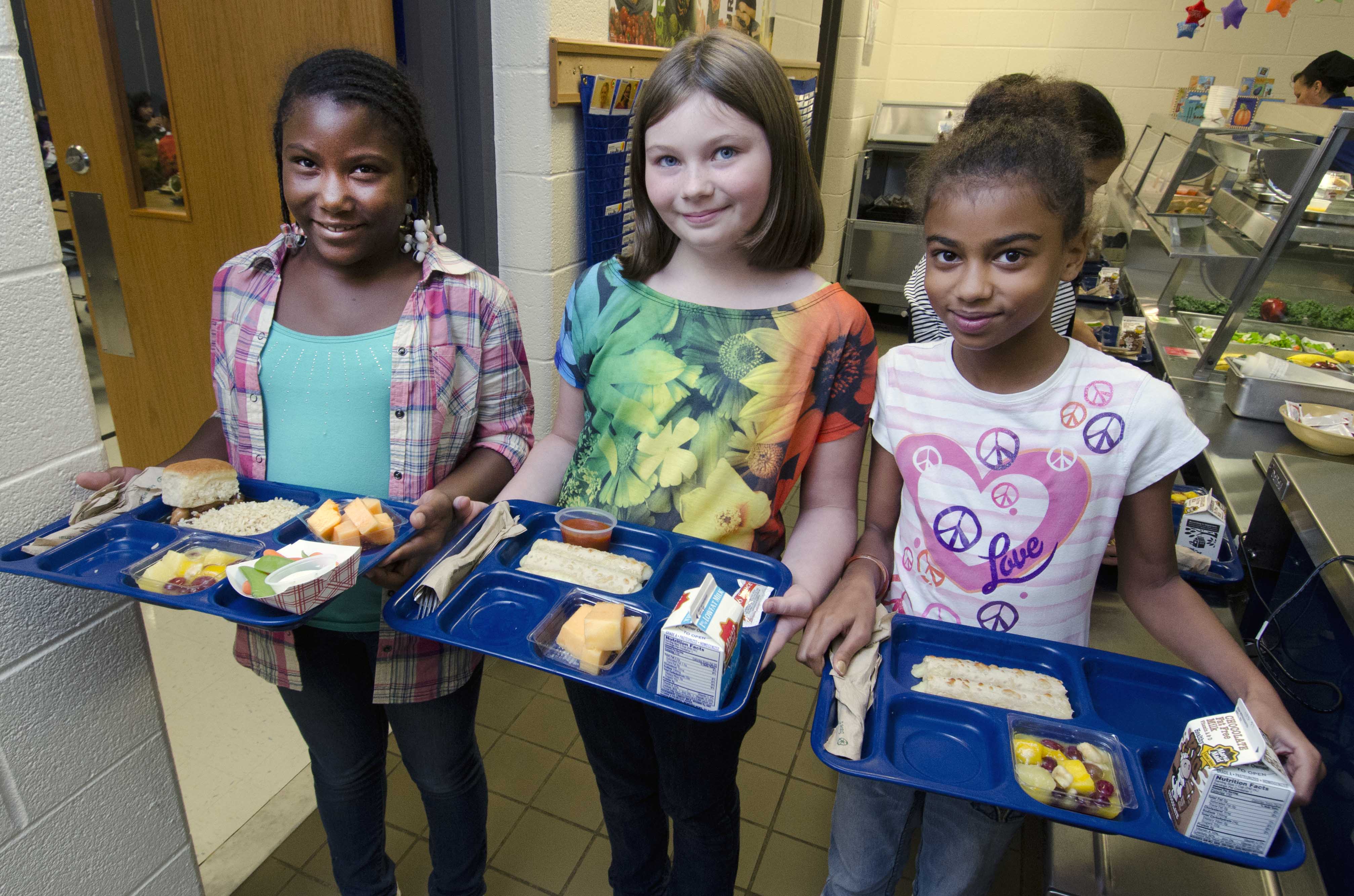Attention to cleanliness and temperature control is important when packing lunches to send to school. University of Georgia experts offer tips on how to keep lunches safe.
“It is not hard to keep packed lunches safe,” said Connie Crawley, a Cooperative Extension nutrition and health specialist with the UGA College of Family and Consumer Sciences. “But it takes some thought and preparation.”
In a packed lunch, food safety depends on what you pack and how you pack it.
Choose food carefully
Choosing the right food is a big step and many lunch time favorites are safe at room temperature. Peanut-butter-and-jelly, for instance, doesn’t need to stay cold. Cut vegetables and fresh fruit aren’t perishable in the short-term, either. And they provide the nutrition kids need in a way they like.
Choose new lunch foods carefully.
“Practice lunch at home, especially if you start packing cans of shelf-stable pudding or cut-up fruit,” Crawley said. “Then you’ll know if your child can safely and easily open the container.”
A good rule of thumb is pack foods the way you bought them. “If it was refrigerated, keep it cold,” Crawley said. “Shelf-stable items may taste better cold, but won’t spoil at room temperature.”
Hot and cold
Choose a well-insulated bag or box when packing a school lunch. The most important thing in food safety is keeping cold foods cold and hot foods hot, said Elizabeth Andress, a UGA Extension food safety specialist.
Foods should be kept below 40 degrees Fahrenheit or above 140 degrees. Bacteria that cause foodborne illnesses grow best between those two temperatures, or in the danger zone.
Temperatures that make classrooms comfortable for children, Crawley said, are perfect for growing Staphylococci, Salmonella, Campylobacter and other harmful pathogens. If a perishable food stays at room temperature for two hours, it’s risky to eat.
Since most packed school lunches are cold, add a frozen chill pack to the lunch box. Adding a frozen juice box can keep foods cold too, just be sure the juice will thaw in time for lunch. “It is a good idea to try this before school starts, to be sure food stays cold enough and the drink thaws,” Andress said.
A vacuum bottle or insulated hot-food container can be used to keep hot foods hot. Make sure the child can easily open the container full of hot fluid without spilling before sending it to school, Crawley said.
“Remember to preheat the vacuum bottle before adding the food,” Andress said. “Unless the manufacturer provides its own instructions, preheat the bottle by adding boiling water and letting it sit for a few minutes. Then, pour the water out, add the food and close the bottle. This should be done as close as possible to the time the child is ready to leave for school.”
Keep hot and cold foods separate. Hot foods increase the temperature of cold foods and cold foods bring down the temperature of hot foods. These temperature changes increase the risk of bacterial contamination. Put a cloth between hot and cold foods inside the lunch box to prevent heat transfer.
Don’t leave foods on the counter too long when packing lunch. “Keep the cold food in the refrigerator and pack them only when the child is ready to leave for school.”
Keep it clean
A child’s hands can introduce harmful bacteria into their lunch. Make sure children wash hands with soap and warm water before eating, Andress said. When on field trips, hand sanitizer can be used. Hand sanitizers are most effective on clean hands, however.
“Sanitizer should never be used in lieu of hand washing except when there is no other option; then a hand sanitizer is better than nothing,” Andress said.

